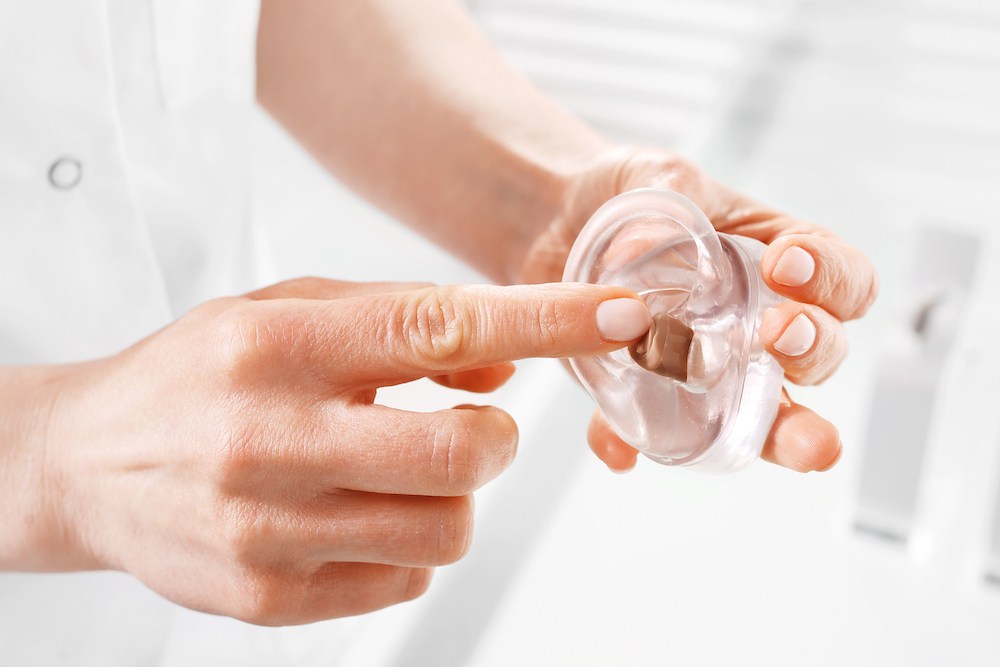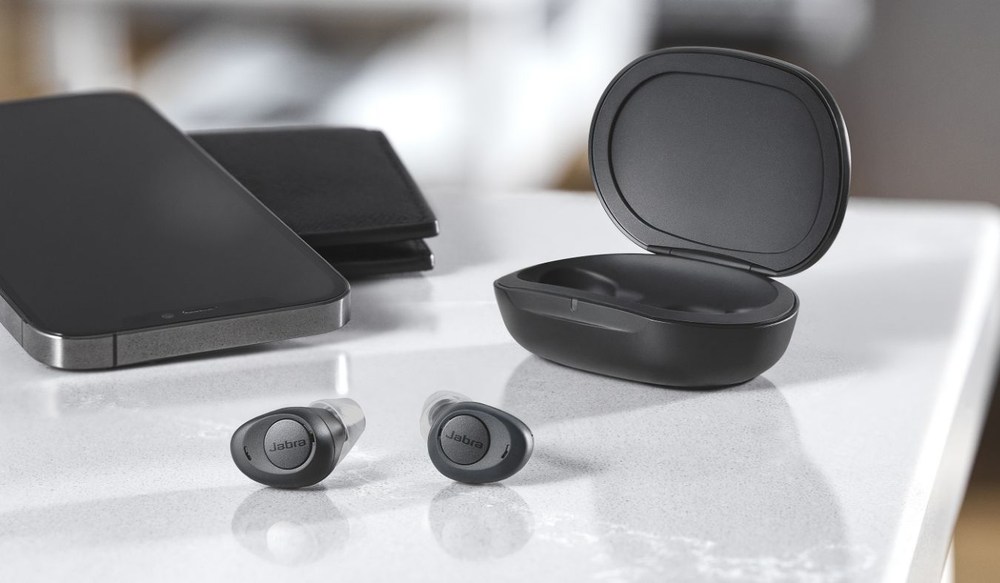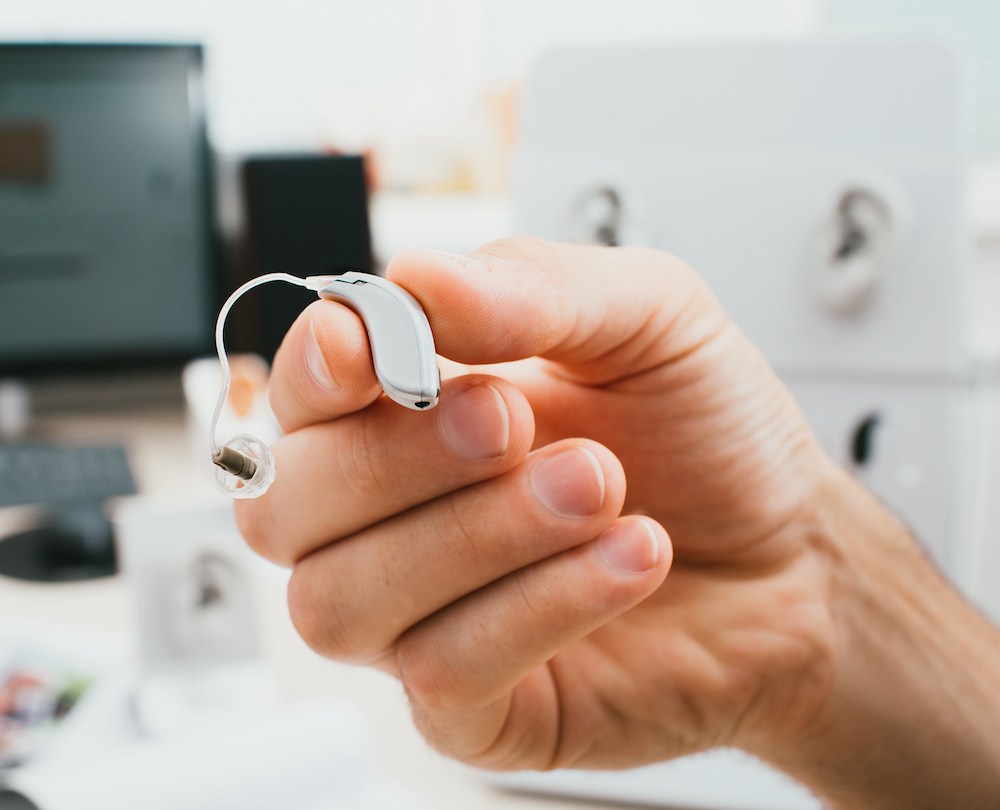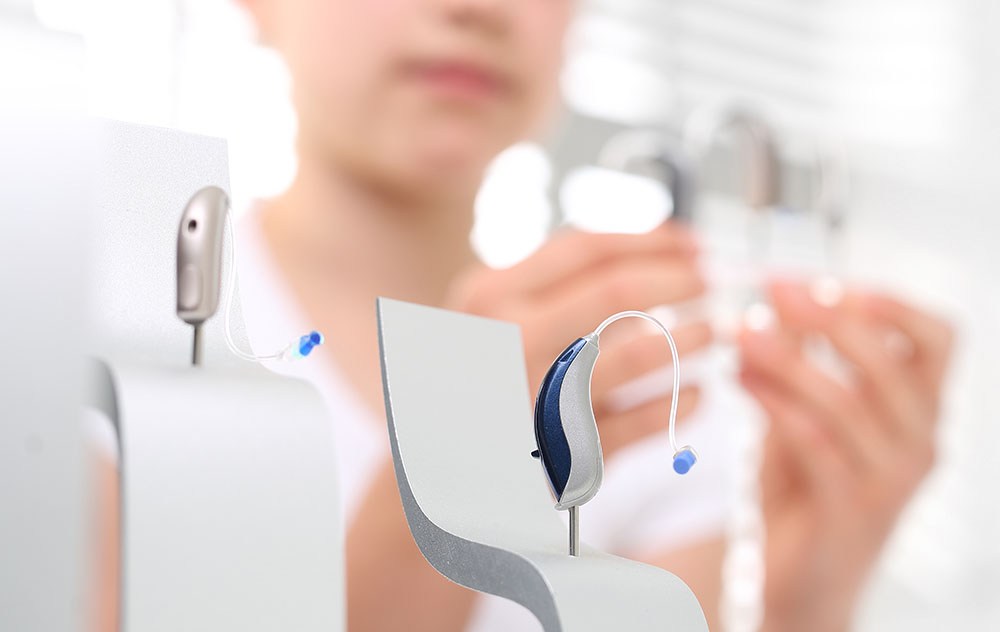Hearing Aid Technology Advances Coming in 2025
Hearing aid technology is moving forward quickly, bringing real
Your Best Hearing, Your Best Life.


Hearing aid technology is moving forward quickly, bringing real

Hearing aids today are designed to do more than simply make sounds louder.

Getting your first hearing aids is an important step in addressing hearing